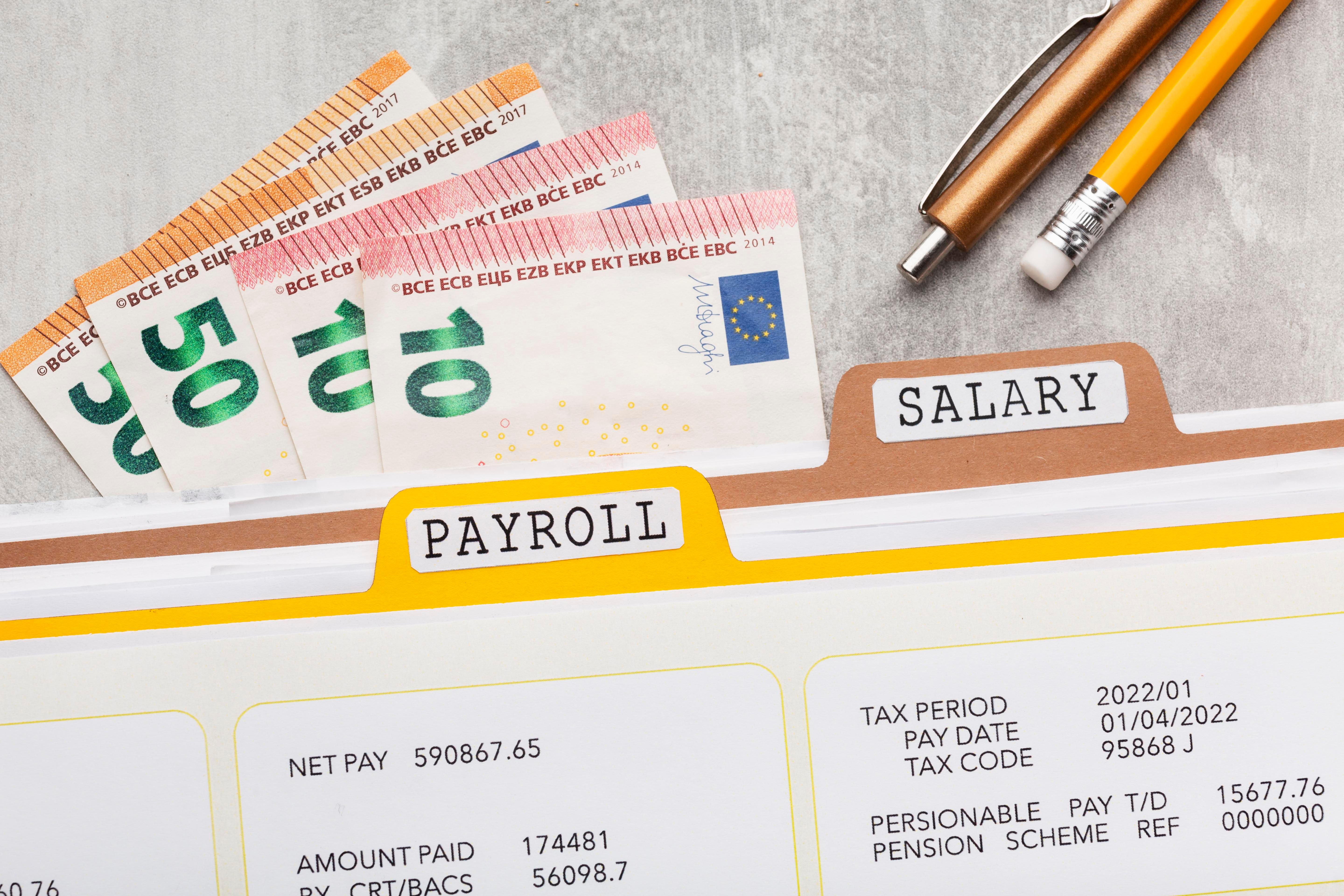
Designed by Freepik
When building your business, it’s important that you hire additional manpower for when the business gets busy. With taking on new people, you’ll also need to pay them accordingly. Therefore, you’ll need a payroll. In this article, we’ll explain what a payroll is and what should be included in one.
What Is a Payroll?
A payroll is a system whereby all of the pay that employees are owed is stored. It also includes how much pay they’ve received over a period of time.
It’s imperative that a business that has employees includes a payroll. It’s required for the following reasons:
- Work out how much your employees should be getting paid
- Work out the amount of tax and other deductions (such as UK national insurance, US insurance premiums or retirement contributions) that need to be removed from an employee’s overall pay
- Record and report payee details
- Give payment to your employees
Employer Registration
In the US, employers need to have anEmployer Identification Number (EIN) from the Internal Revenue Service (IRS). In the UK, they should register with the HM Revenue and Customs (HMRC). Each country has its own requirements, so entities that are expanding internationally often need to register with multiple agencies and get professional assistance in doing so.
What’s Included in a Payroll?
For your business to keep a payroll, you’ll need to understand what information is required. Let’s look at the different details that are needed.
Employee Details
You’ll be required to have access to certain employee information. This includes their name, address, salary, and national ids – such as Social Security Number (SSN) in the US or National Insurance (NI) number in the UK).
Hours Worked
If your employees are paid by the hour, you must keep a record of the hours they’ve worked so that they can be paid accordingly.
For those that are paid in salaries, you may want or need to keep a record of the time they’ve worked. This requirement depends on the country and on the type of salaried employee they are. By keeping a record you’ll ensure they’re keeping to the hours they’ve been hired for, and paid accordingly.
Days off sick also need to be recorded for every employee. However, this is dependent upon your company’s policies and local laws.
Salaries and Wages
There needs to be a system put in place so that you can keep an eye on whether your employees are paid salaries or hourly wages. This is crucial as it will be the basis on which you total up their pay.
Salaries are determined by taking what they earn over 12 months which is divided into monthly payments. However, on some occasions, and depending on the circumstances, you’ll choose to pay some employees an hourly wage instead of a salary. A wage is calculated based on the total amount of hours worked rather than a yearly income. You determine the wage per hour and multiply this number by the hours they’ve worked to record the total pay for a given time period.
Pay slips should include both the gross and net pay of the employee. Their gross pay will be the total amount of pay they’ve received before tax and deductions. Net pay represents the amount the employee will get after tax and deductions.
Extra Payments
Employees can also receive extra payments such as bonuses, tips and commissions, depending on the industry your business is in. This can be added on top of their usual pay. They need to be taken into account when you’re calculating their payroll.
Tax and Deductions
Employees will have tax and other deductions taken out from their gross pay. Their payment is variable and dependent upon how much the employee has earned as well as their situation. However, it’s up to the employer to ensure that the right amount is recorded on the payroll and sent to the government or other payees monthly. Penalties can be imposed if the amount is incorrect or not paid on time.
Worker’s Benefits
A benefits package can be beneficial to add to your business for your employees. This is because it can help increase their motivation and keep you competitive as an employer. Some potential inclusions in the package can be private healthcare, discounts, and a pension. You should always record and include such incentives in the payroll as they can impact how much the employees are paid on a monthly basis.
Conclusion
A payroll is a system whereby the amount employees are due is recorded and paid out over a set time period. Here, we’ve shown you what payroll is and what categories it includes, such as hours worked, salaries, wages, benefits, and more.
When you have a good handle on how to keep your payroll, you can rest assured that all of your employees are being paid the correct amount and you will prevent penalties as well as other issues . This article emphasizes payroll practices relevant to the UK and the US. See this global payroll compliance checklist for more information about the specifics of different countries.
